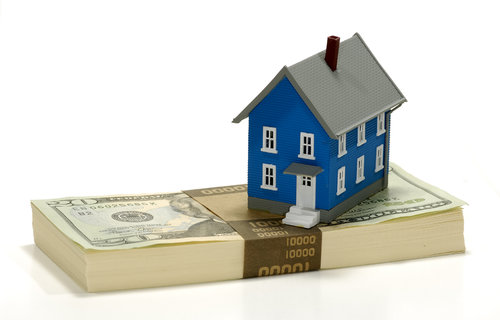
As Congress continues to work on creating a new tax bill, the National Association of Realtors (NAR) has expressed concerns about the ways in which the proposals would affect homeowners, home prices and the real estate industry as a whole.
While it can be difficult to determine how tax reform would affect individual homeowners, with variables like home prices and the number of homeowners varying from state to state, NAR has attempted to clearly illustrate the impact of the tax plan on homeowners across the country by offering detailed statistics on a state-by-state basis.
Questions abound on tax exemptions
Approximately 64 percent of the 3.15 million owner-occupied homes in Illinois last year had a mortgage, according to NAR. Of those homes, 9.6 percent had a mortgage of more than than $500,000, while 10 percent of the owners paid more than $10,000 in real estate taxes. The average mortgage interest deduction (MID) taken by Illinois homeowners was approximately $7,700 in 2016, while the real estate tax deduction average was $6,750.
Currently, a typical homeowner who has lived in their current home for at least two of the last five years would not pay any capital gains taxes if the house is sold. The latest proposal would require homeowners to live in their homes for five out of the last eight years to be exempt. If they are not exempt, they will pay $6,555 in capital gain taxes.
In Illinois last year, 11.7 percent of homeowners lived in their homes for two to four years and would not be able to take the tax exemption.
NAR also reports that if both the MID and real estate tax deductions are eliminated, home values could fall anywhere from 13 to 19 percent — which translates to $22,610 to $33,900.
“The tax incentives to own a home are baked into the overall value of homes in every state and territory across the country,” NAR President Elizabeth Mendenhall said. “When those incentives are nullified in the way this bill provides, our estimates show that home values stand to fall by an average of more than 10 percent, and even greater in high-cost areas.”
Mortgage interest deduction in jeopardy
Both NAR and the National Association of Homebuilders (NAHB) came out against the House tax plan when it was revealed in early November. One of the changes in the tax plan halves the cap on the MID to $500,000.
Both associations believed that doing this could dampen the benefit of the deduction outside of the most expensive housing markets and could also potentially lower home values.
“The details that are coming out show that the House Republicans are picking large corporations and wealthy Americans over small businesses and middle-class American homeowners,” Jerry Howard, NAHB’s CEO, originally told Business Insider.
The Mortgage Bankers Association (MBA) also voiced concerns about the bill, saying it would have a negative impact on the housing market and the national economy as a whole.
“We are also concerned about the potential impact of certain provisions on the production of affordable housing, which is vital,” the MBA said in a statement.
NAHB splits with NAR on tax reform support
On Dec. 2, the Senate passed its tax reform legislation, which had some distinct differences with the House bill. Those changes include keeping the MID cap at $1 million and retaining the MID for second homes.
The Senate bill also does not include the punitive income phase-out that was proposed by the House as part of changes to the capital gains exemption from sale of a primary residence. The Senate proposed an amendment to the bill that would allow homeowners to deduct up to $10,000 in property taxes.
These changes were sufficient enough for NAHB to support the Senate bill with cautious optimism about the future of the proposed tax law. However, NAR still expressed concerns about the bill, specifically how middle-class homeowners would see limited benefits and possible tax increases.
“Realtors support tax cuts when done in a fiscally responsible way; while there are some winners in this legislation, millions of middle-class homeowners would see very limited benefits, and many will even see a tax increase,” Mendenhall said. “In exchange for that, they’ll also see much or all of their home equity evaporate as $1.5 trillion is added to the national debt and piled onto the backs of their children and grandchildren.”
However, as legislation moves forward to a House-Senate conference, where both chambers will analyze the differences between the two bills and develop a final option, NAR and NAHB will be urging members of Congress to make changes that would not negatively affect homeowners.
“Realtors will continue to advocate for homeownership and hope members of the House and Senate will listen to the concerns of America’s 75 million homeowners as the tax reform discussion continues,” Mendenhall said.